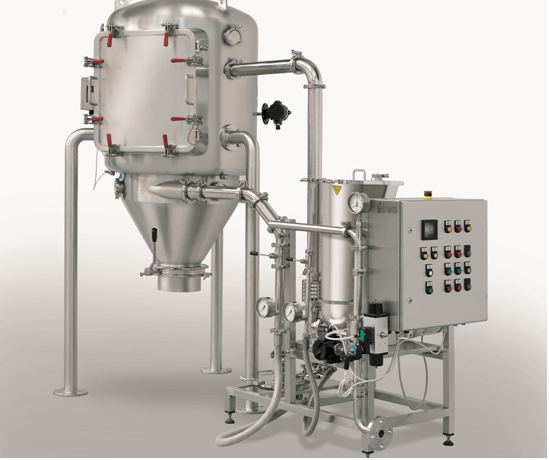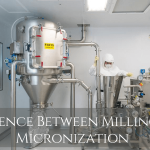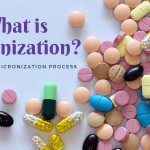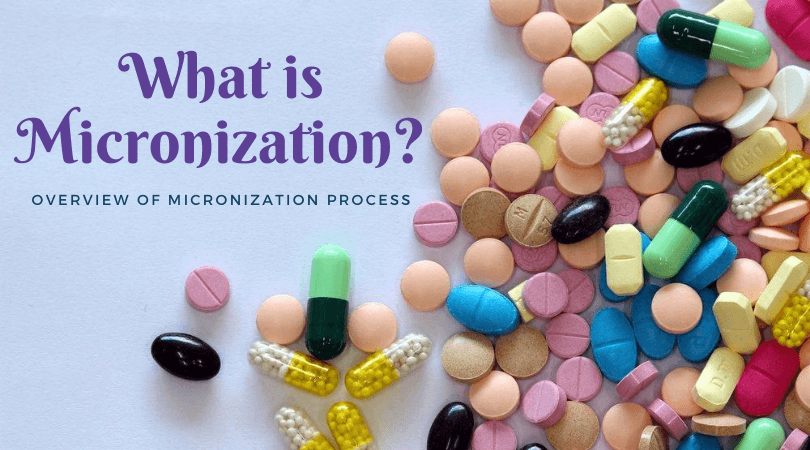There are many processes that pharmaceutical companies opt for while working on drugs. One of the most commonly used methods is micronization, which is used in several companies worldwide today. Although many people know this process, yet some people are not aware of this process entirely. This blog will be helpful to you in understanding this procedure and its importance in pharmaceutical companies.
What is Micronization Process?
 The term micronization means the process of reducing the size of particles. In pharmaceutical companies, micronization is fone to reduce the average diameter of the solid material particles. It is crucial for making and formulating some drugs to reinforce the solid forms disponibility where the particle size might hamper the solubility of the active ingredient. Micronizing such particle aids in the solubility of Active Pharmaceutical Ingredients (APIs).
The term micronization means the process of reducing the size of particles. In pharmaceutical companies, micronization is fone to reduce the average diameter of the solid material particles. It is crucial for making and formulating some drugs to reinforce the solid forms disponibility where the particle size might hamper the solubility of the active ingredient. Micronizing such particle aids in the solubility of Active Pharmaceutical Ingredients (APIs).
For those who don’t know what APIs are, it is an active ingredient of the drug that helps in delivering the desired results. The amount of the active ingredient is mentioned on the medicines itself. And generally, these active ingredients are present in a small amount; hence it becomes vital to increase their solubility for improving the efficacy of the drug.
The reduction range of the particles starts from micrometer to even reduction on the nanometer scale. Depending upon the concentration of the ingredient needed and its solubility, the particles are micronized and the procedure of the same is called micronization.
In this micronization process, there are various methods that a company can adapt to micronize the particles. Traditional techniques of this method include the process of milling and grinding that are based on mechanical equipment. Wheres the advanced or modern techniques involve the use of supercritical fluids and their properties to increase the solubility of such active ingredients. A lot of companies use one of these techniques to micronize the APIs for drug formulations and both work well for the same.
Benefits of Micronization
Micronizing the particles increases their bioavailability, which aids in increasing the result or effectiveness of the drug.
It increases the overall efficacy of the drug molecules as the active ingredients are micronized and can be delivered to the target areas.
The micronization process helps in the quick absorption of active particles in transdermal drugs.
The micronization process is used in making food-related ingredients, active chemical ingredients and much more.
Micronization of APIs is useful in making topical as well as oral drugs, including semi-solid medications, creams, gels, and more.
Concluding Remarks
To summarize, micronization is a process through which companies reduce the average particle size in order to increase their bioavailability and solubility. The process helps in increasing the efficacy of the drug. As mentioned, methods such as milling, grinding, or supercritical fluids are used to micronize the particles. A lot of reports also say that micronization is an effective way and essential to increase the strength of API. I hope this blog gives you a broad idea about the process, its benefits and its applications.




